
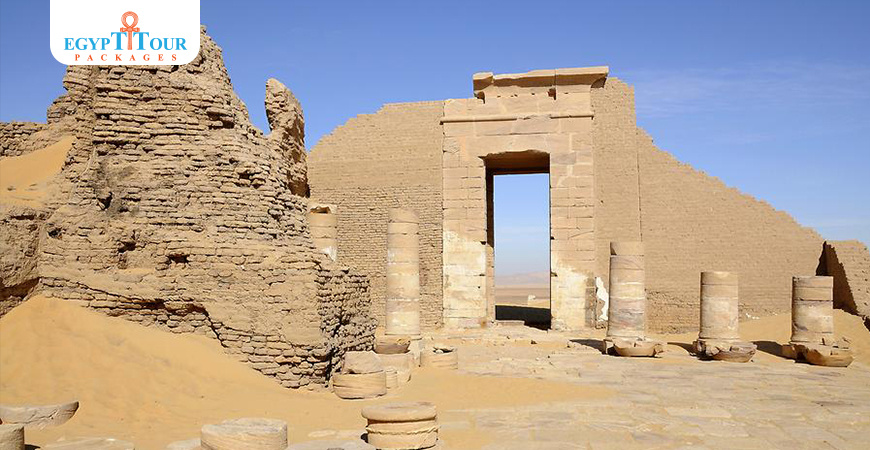
Temple of Dush
The temple is located at the Kharga Oasis ,It was built during the rule of Domitian and Trajan (1st century) and decorated during the rule of Hadrian.
Temple of Qasr Dush
Dush is an archeological site in El Kharga Oasis, in the Western Desert of Egypt. Dush was a religious, military and civilian complex that primarily developed as the result of the slave trade, and was a staging point for caravans that either headed to Assiut or Esna. In addition to being a settlement, it was a religious and a military center, on the route of the slave trade as well as a station for the caravans crossing the desert. Dedicated to Serapis, Isis and Harpocrates, the The temple is located at the Kharga Oasis ,It was built during the rule of Domitian and Trajan (1st century) and decorated during the rule of Hadrian. Temple of Dush (known as Kysis) dates back to the Roman Period. It was entirely enclosed within a Roman mud-brick fortress. It was built during the rule of Domitian and Trajan (1st century BC) and decorated during the rule of Hadrian. The temple was restored in 1967 and its inscriptions are hardly touched by the near 2,000 years which has passed. It comprises a barrel-vaulted sanctuary made up of two rooms. The vaulted ceiling of this sanctuary is highly admired. Flanking the sanctuary is a number of chapels. Also enclosed within the temple's complex are two hypostyle halls, both with almost intact entrances. Here, traces of bases of columns can still be seen.
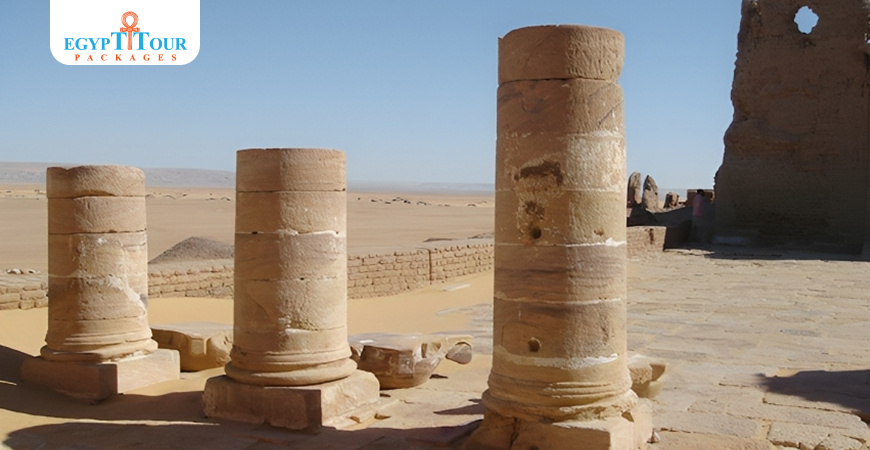
The temple of Qasr Dush
The Dosh Temple's archaeological value is no less important than the Hibis Temple in Kharga, which is considered the most important archaeological landmark in the governorate. The Dosh Temple received many foreign delegations and delegations of various nationalities until recently, but it has now turned into ruins thanks to the negligence of officials, and most of the lobby's columns and walls have been eroded by erosion and wind factors. The sand has swallowed large parts of the temple, which will disappear one day if the series of neglect continues, Most of the archaeological and tourist areas in the center of Paris are all neglected by antiquities and tourism officials. Among the most important of these areas is the village of the architect Hassan Fathi, the Jabal al-Tair area, the Tabuna Camp, and other areas that, if exploited, would have competed with the archaeological areas of Luxor and Aswan.
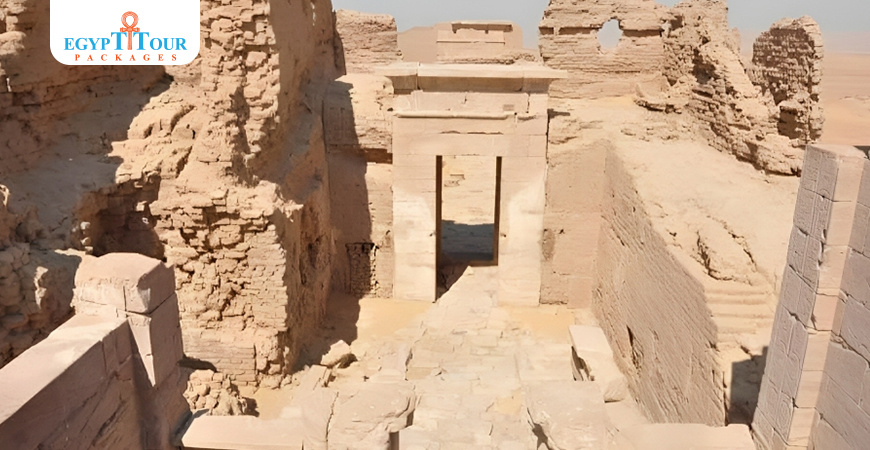
Qasr Dusch
The temple includes a sandstone building,the fort, wall,additional and attached buildings around it are made of mud brick. The temple is dedicated to the “general trinity” (Osiris - Horus - Isis), but in their Roman forms and characteristics known as (Serapis - Harpocrates - Isis). It is located on One axis, extending from north to south, and its oldest part, known as the “Holy of Holies,” was built during the reign of the Roman Emperor “Domitian,” and Emperor Hadrian engraved the inscriptions for the walls of the temple, as well as the halls inside and outside. The temple is located next to the “Ain Manawer” area, and it contains a temple dedicated to the god “Amun Ra” and his trinity, stressing the importance of the area, due to the presence of “manawwars”, the important element and source of water and irrigation for agriculture in ancient times, of greatest importance to the Romans, and one of their most prominent activities in the desert and oases. The "Dosh Treasure" was discovered there and was transferred to the Egyptian Museum.

Qasr Dush Temple
The temple also contains scenes of Egyptian deities that highlight the emperor’s offering of various offerings to the gods of the temple, as a form of closeness to the Egyptian deities, and to please the priests and the people of the oases and all of Egypt, as well as to bring closer the deities and their own deities in their country. It is similar in its planning and architecture to the temples that were built in ancient Egypt. In terms of the presence of “gates”, then “halls”, which include columns in 3 rows leading to the “Holy of Holies”, and at the end of the halls there is a ladder to ascend to the upper floor, and on the first main gate of the temple there is the founding text from the era of Emperor “Trajan”, mentioned in it. The name of the governor of the region at the time, and the time of construction, is an indication of the Romans’ control over the region in the past, as the oasis region was garrisons belonging to the Roman Empire.

Qasr of Dush
A permanent mission is operating in the region, which is the mission of the French Institute of Oriental Antiquities, under the supervision of the Ministry of Antiquities. The Dosh treasure, which is currently in the Egyptian Museum, was discovered, which consists of a wreath, bracelets, and golden necklaces found inside one of the rooms in the fort or castle, inside a pottery vessel, by the mission’s workers. The treasure consists of 212 gold bars that the Egyptian restorers who worked on restoring the treasure collected in two necklaces, one large and the other small, and two silver plates, on one of which was engraved a picture of Queen Wajet wearing the crown of Upper Egypt, and on the second a picture of the queen herself wearing the crown of Lower Egypt and a crown. It is made of gold plates in the shape of grape leaves with a gold alloy in the middle, carrying a statue of Serapis inside the facade of a small temple, and the collar that carries all these things is in the shape of a snake.
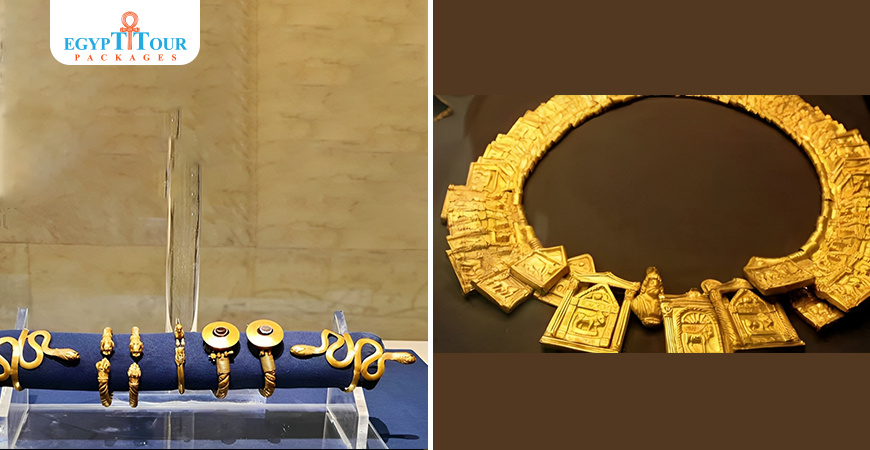
The Treasure of Qasr Dush
A necklace held together by a gold wire in the shape of a snake was also found, weighing 493 grams. The treasure also includes two bracelets decorated with golden tree leaves.The treasure also includes a gold falcon head with eyes made of obsidian stone, in addition to a number of crowns belonging to the queen, gold chains with chest ornaments, and a number of rings, necklaces, anklets, and bracelets in various shapes, and they are still being imitated and inspired by a number of jewelry designers today, and after thousands of years.

Post A Comment
Your Email Address Will Not Be Published.
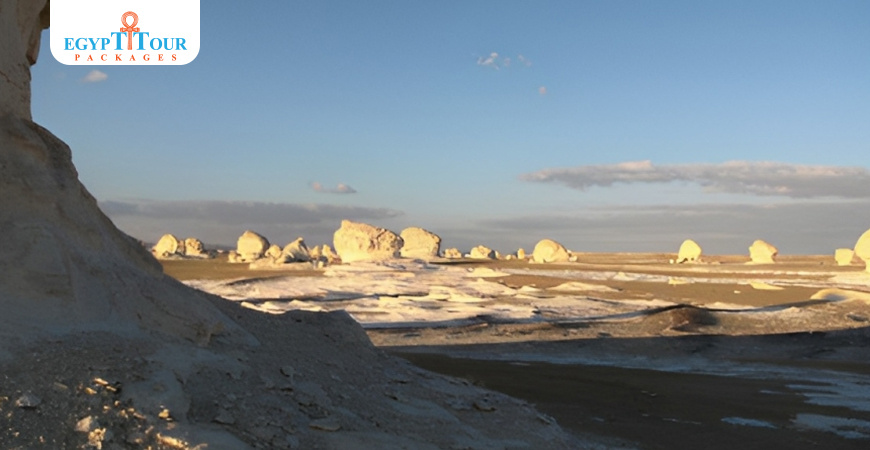


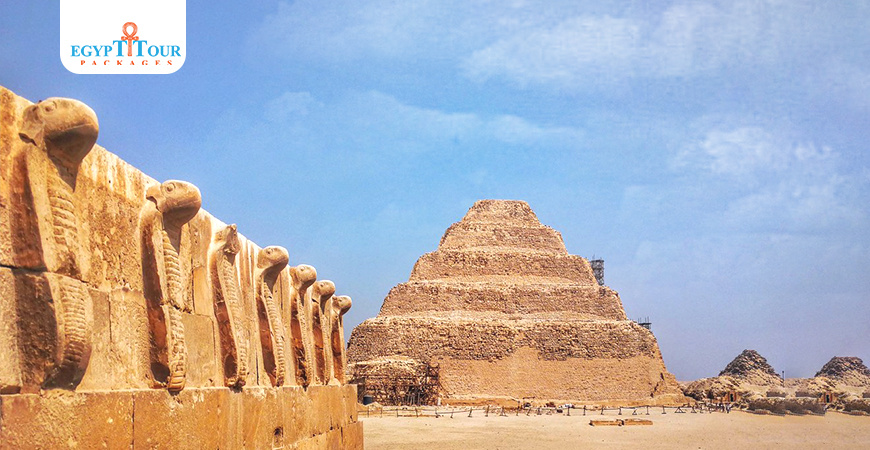







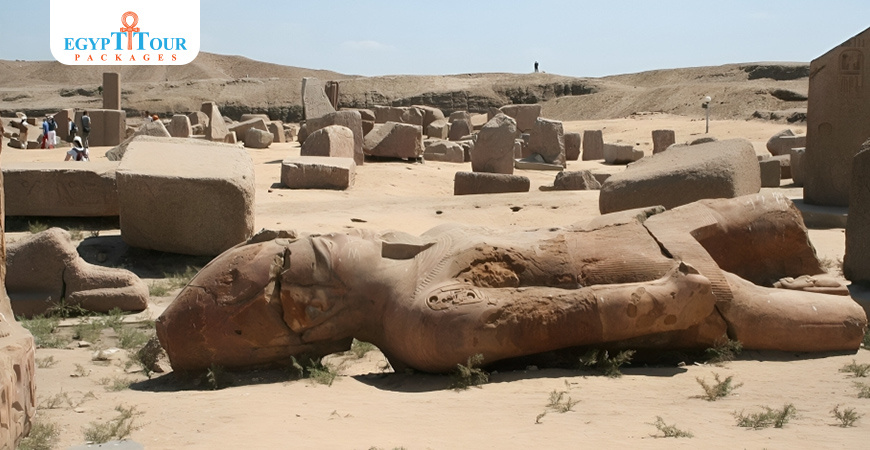


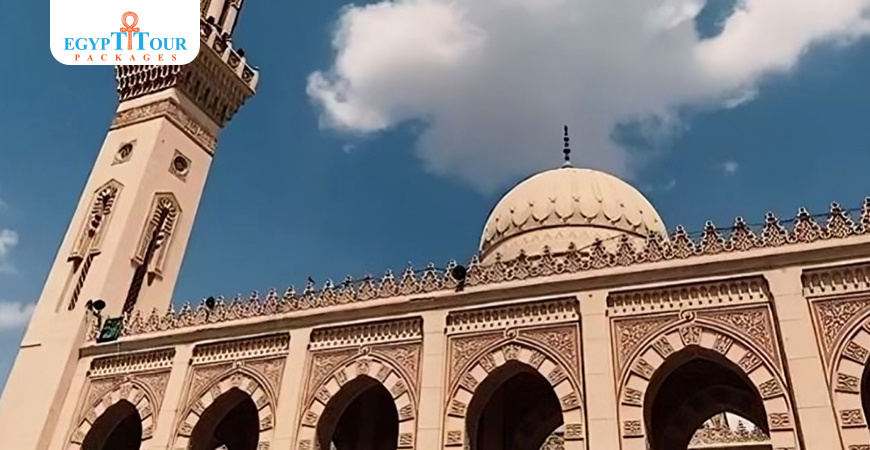


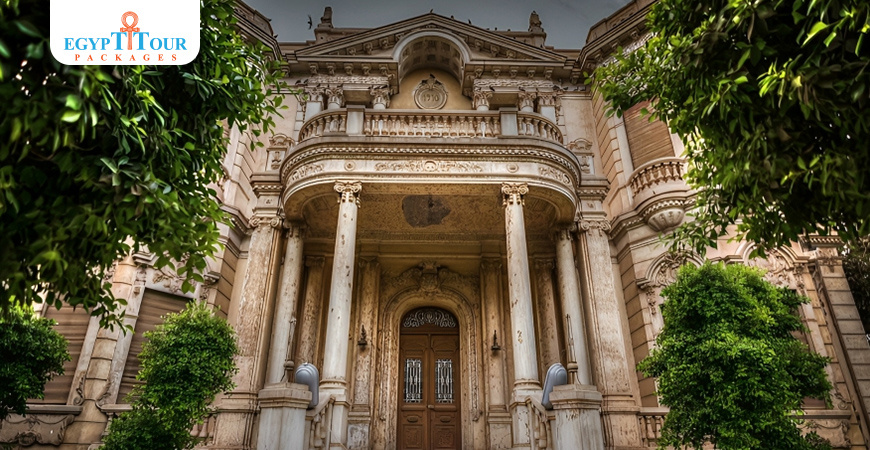
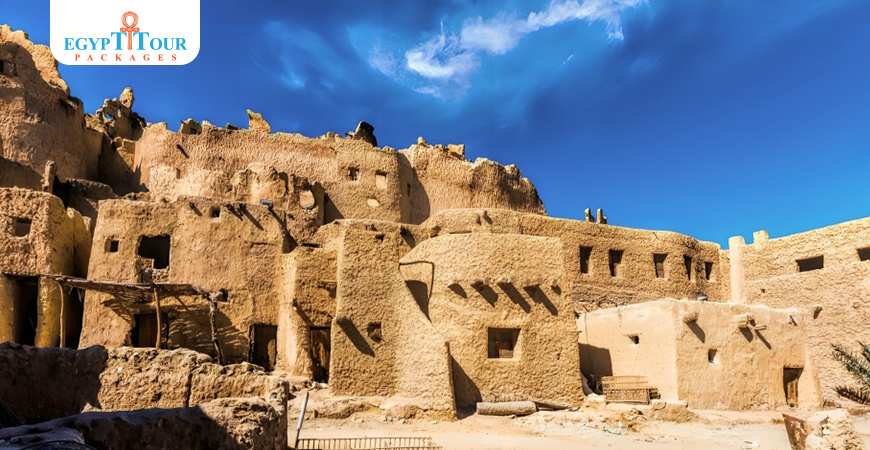
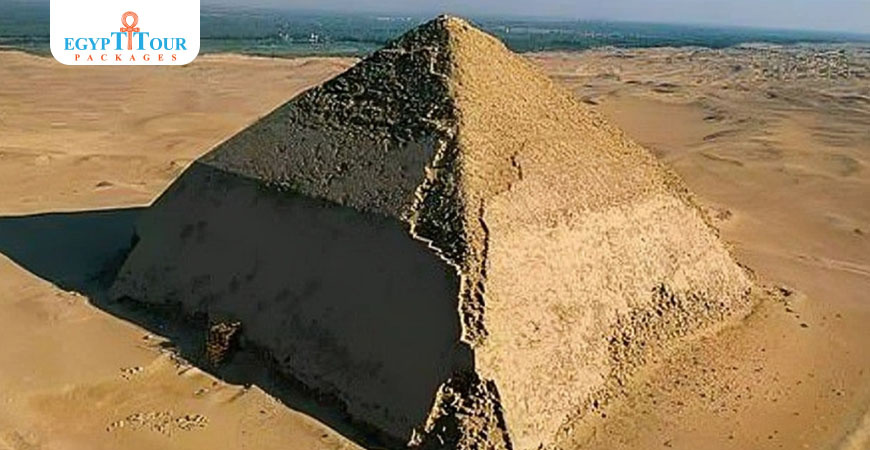
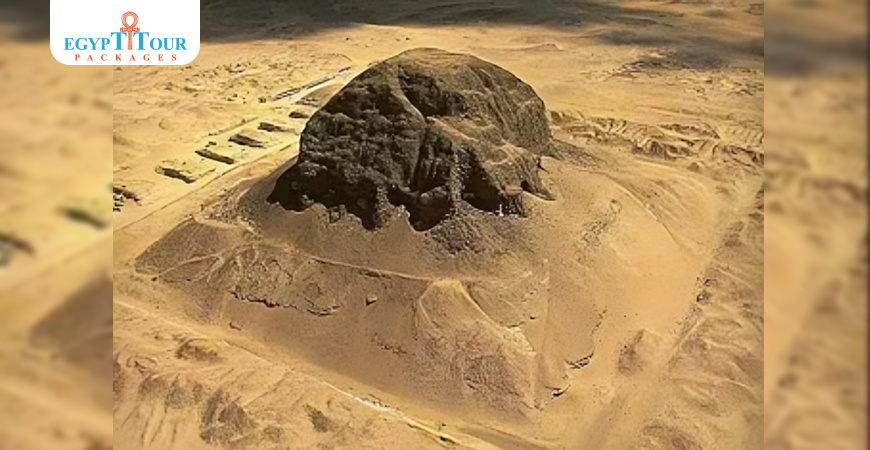
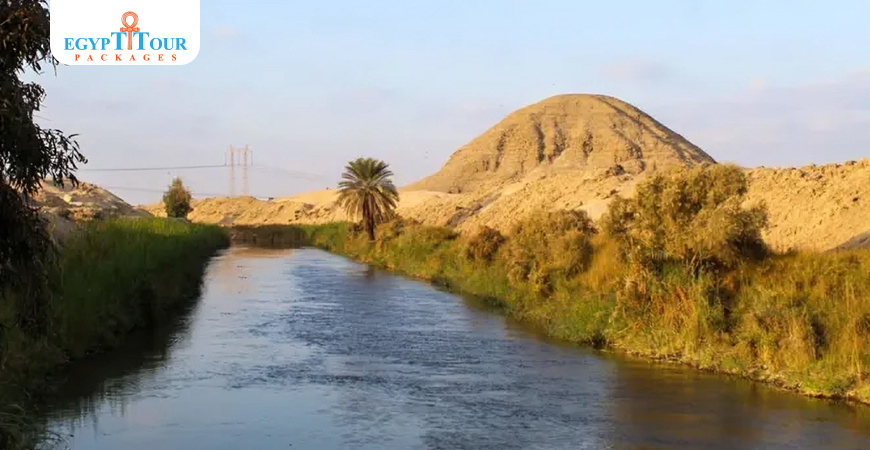
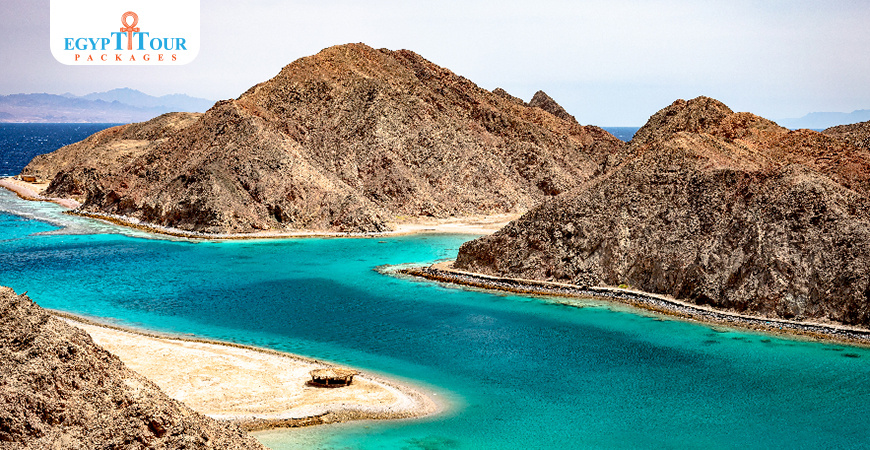

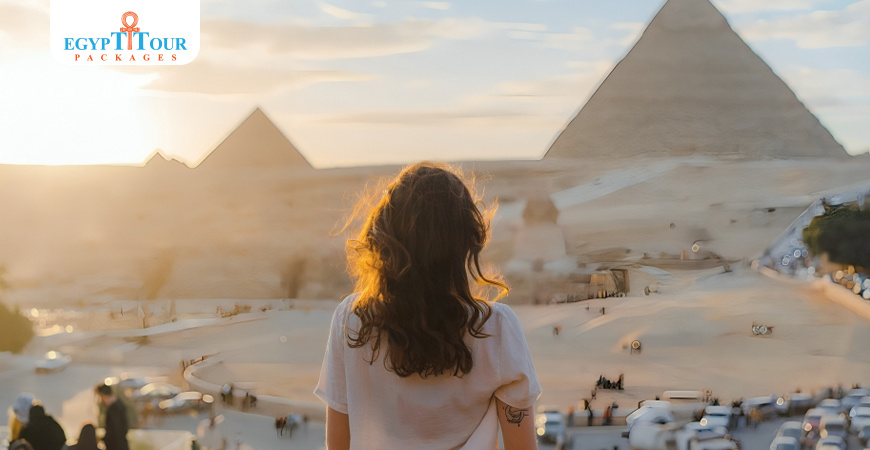
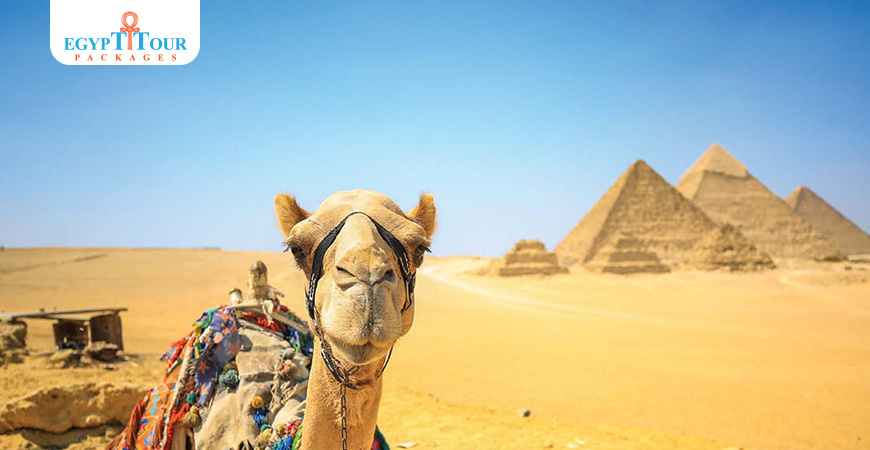











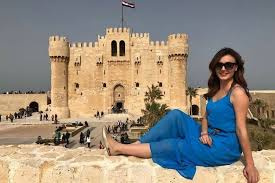

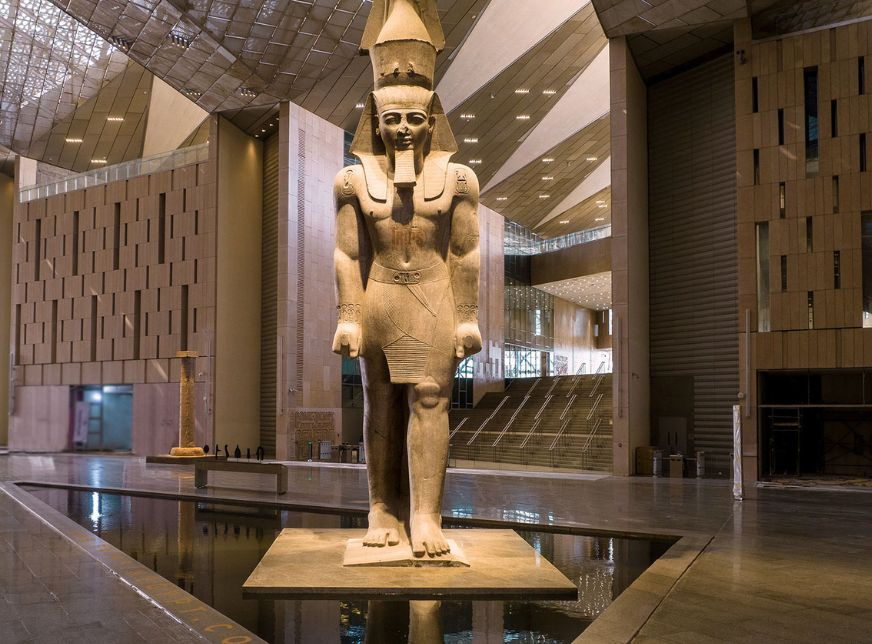

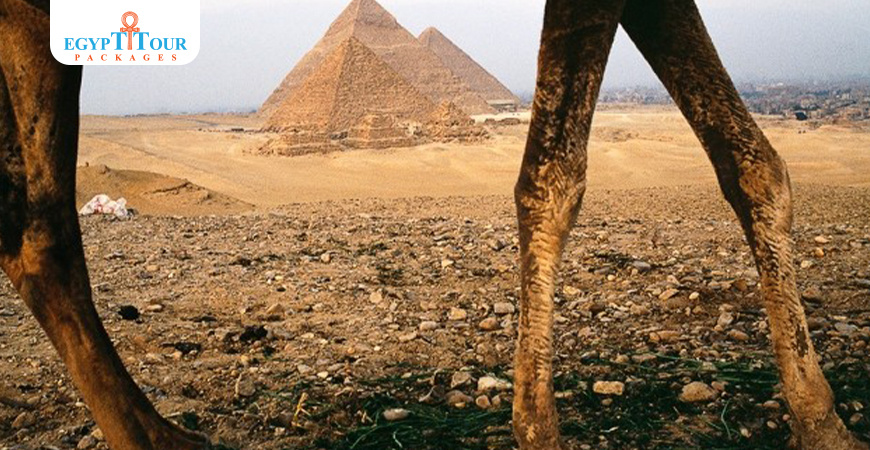



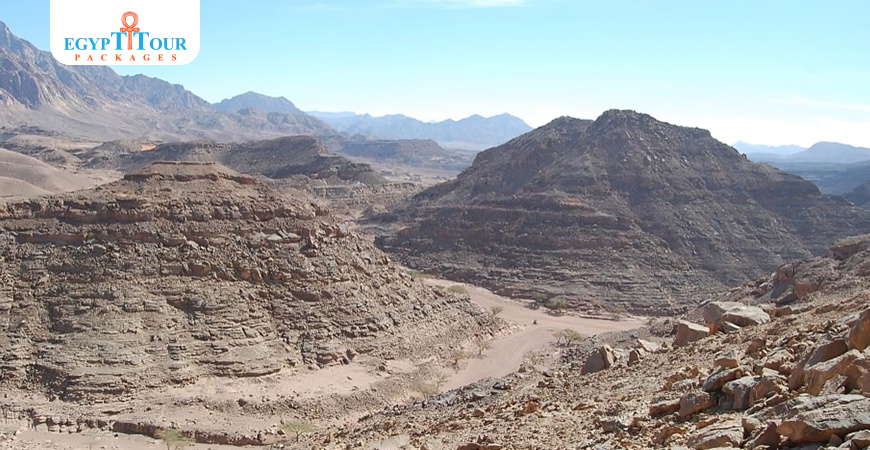
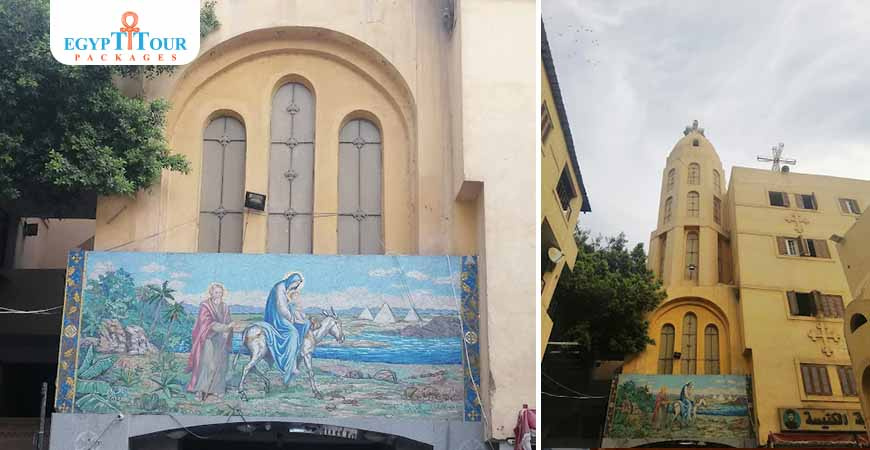
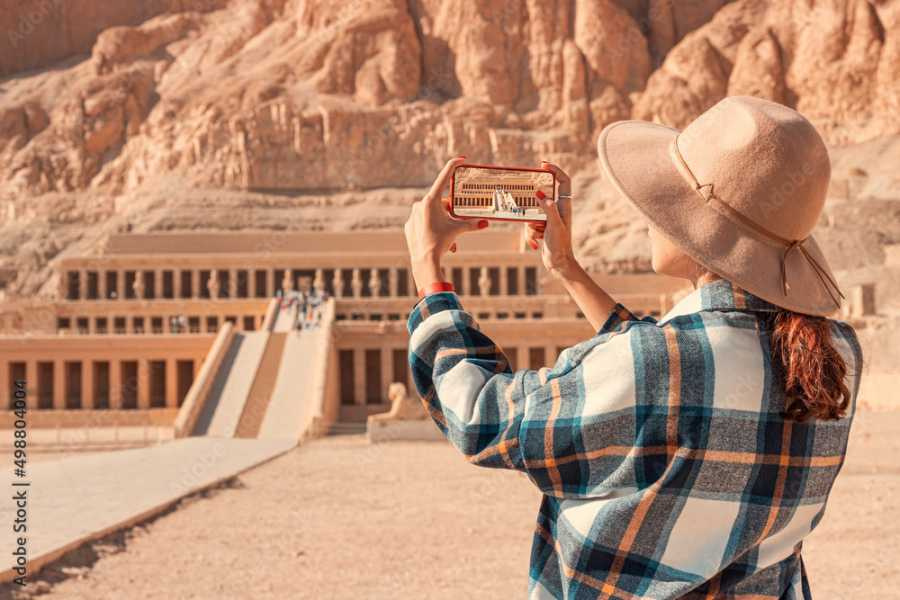
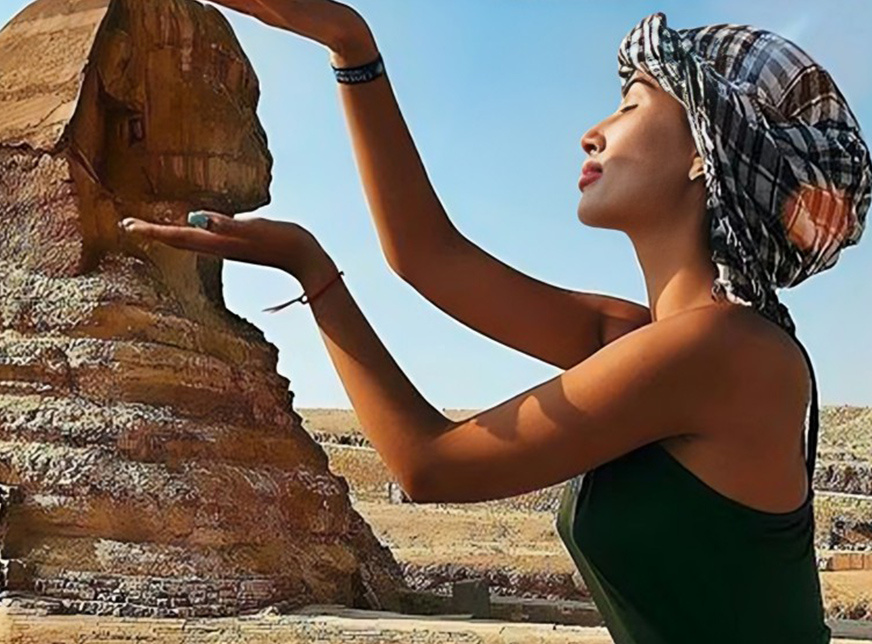
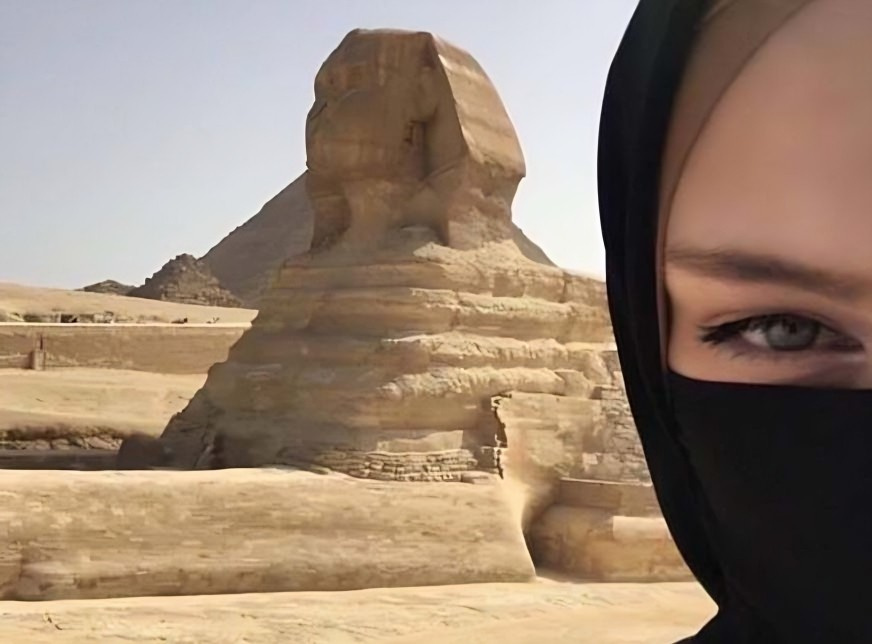





0 Comments